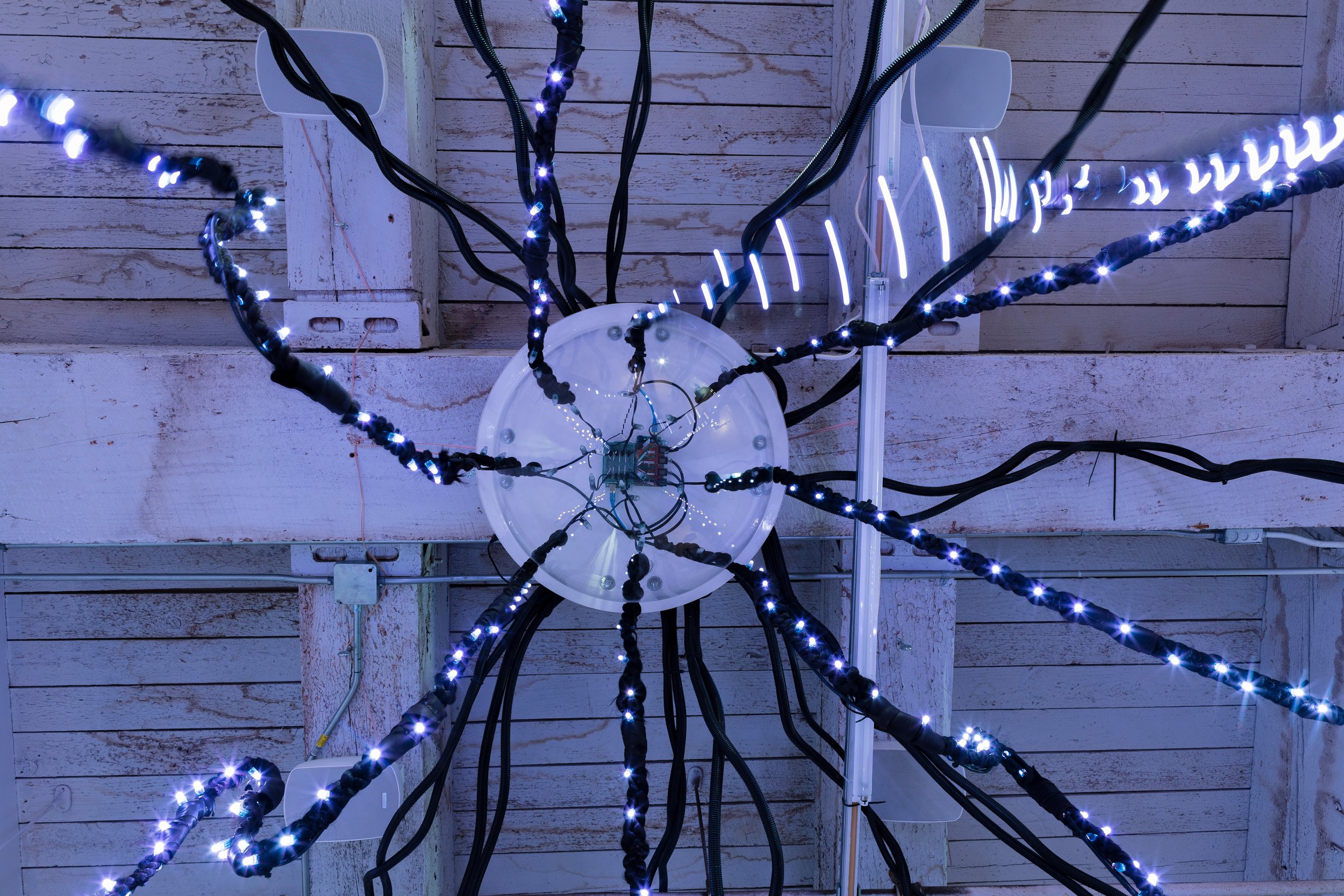
The AI Syllabus Teaching and Learning Guide
Purpose and Design
We've designed this guide to provide access to the resources and concepts that make up the AI Syllabus.
The AI Syllabus is formatted primarily as an annotated bibliography in APA format. Source titles in the citations are hyperlinked for ease of access.
Each subtopic featured in the syllabus has its own tab and page within the guide and includes multi media resources relevant to the subtopic. In most instances, these resources are available via open access and/or through the open web. If materials are not available open access, there is information as to how they can be accessed e.g. streaming platform, etc.
We hope this guide is useful for faculty and students.
It will be updated in accordance with updates to the AI Syllabus document.
If you use the AI Syllabus in your own teaching or learning and have any feedback to share on your experience, please feel free to contact us:
- Anne Kingsley, Dean of Educational Technology & Learning Resources - akingsley@dvc.edu
- Emily Moss, Instruction Librarian - emmoss@dvc.edu
Creating with AI

Credit: ÍŊYAŊ IYÉ (TELLING ROCK), Suzanne Kite, Devin Ronneberg, 2019.
From Kite's website: "As Ínyan Iyé speaks, listeners may respond to it by bending and moving its braids, affecting the sounds. This sculpture interrogates the relationships between human and non-human entities and intelligences. Through Oglala Lakota ontologies, even materials such as metals, rocks, and minerals can communicate of their own volition. By considering the 'hearing' and 'listening' capabilities of nonhuman entities, a method of engagement reliant upon mutual respect and responsibility becomes possible. Íŋyaŋ Iyé speaks, you respond to it by bending and moving its braids, effecting the sounds it makes. Íŋyaŋ Iyé listens to the changes in its own voice and generates a response in lights and sound."
